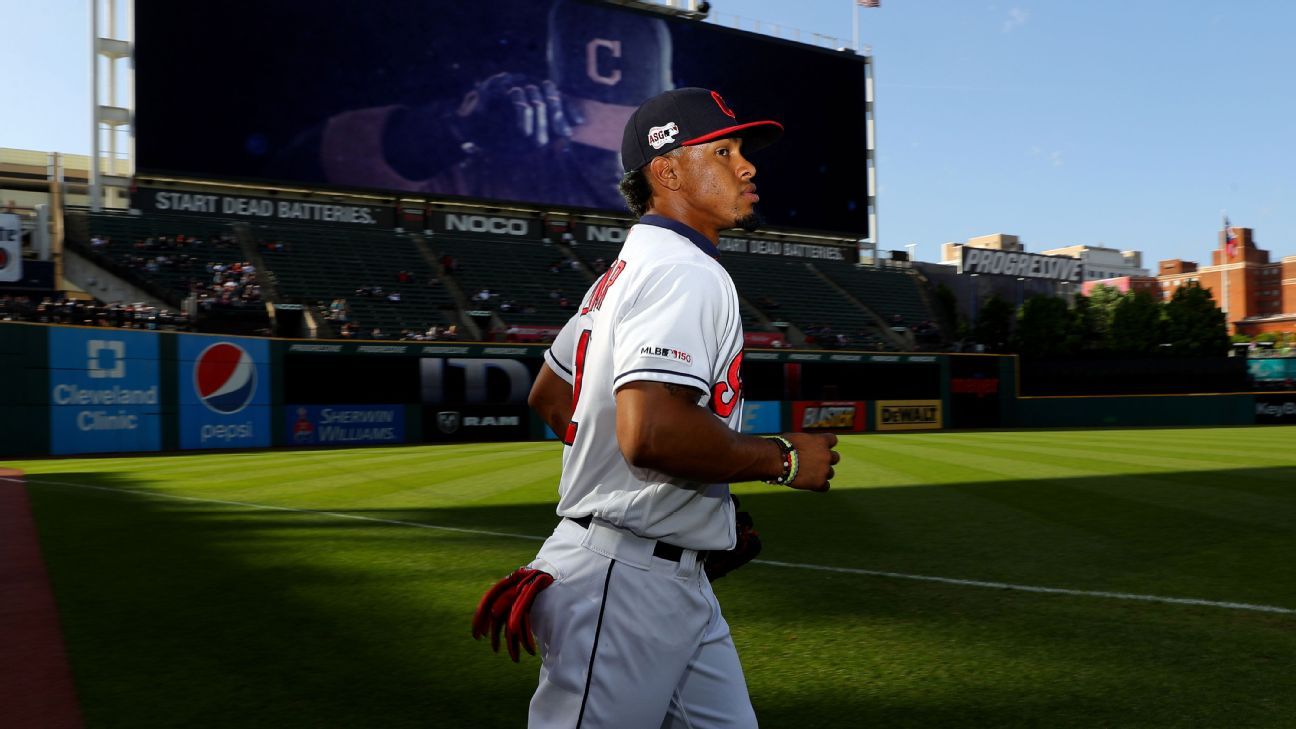Is all of the recent acrimony between MLB players and owners real or the byproduct of the early stages of the 2020 season’s negotiations playing out in the public spotlight? When recently asked that question, one baseball official’s reply was, “Yes.”
Yes, as in both things are true.
It’s with that backdrop the sport continues to navigate a return to the field. Now that both sides have presented the other with offers, perhaps the real negotiation can start, though the sides remain several miles apart at the moment.
The league’s first offer of a sliding pay scale based on an 82-game season was met with a response sticking to full prorated salaries but with 114 games played. The players’ assumption in offering more games is that owners make more money if more games are played. But the league disagrees, with so many of those games likely to take place in front of empty stadiums. Their position is that playing fewer games means losing fewer dollars. It’s hard to argue against ownership on this point because if playing more meant making more, then why wouldn’t they look to do so?
The owners backed that theory up by bringing another potential option into the dialogue as a last resort: Let’s play 40-50 games but at the players’ full prorated salary. Can it work?
Not likely, at least according to two players contacted by ESPN on Monday who couldn’t speak publicly due to the sensitive nature of the negotiations.
Players might simply feel the risk isn’t worth the smaller reward a shorter season would bring — and not just because of COVID-19.
At 25% of their full salary for 25% of a full-length season, risking an arm injury that could linger into future seasons becomes a risky gamble. And what if a player hits .180 in 40-50 games? Cold stretches like that happen all the time, even to very good players. What does his contract via arbitration or free agency look like in 2021?
Player compensation in baseball is built for large sample sizes. It’s why something that would resemble a normal baseball season, such as the 82-game proposal, seemed like a more desirable number, but ownership can’t — or doesn’t want to — pay full freight for that amount. Then again, with the sport hanging from the side of a cliff, would a player’s concern over potential stats really prevent him from approving the plan? And the guy that hits .400 could be rewarded as much as the one punished for hitting .180.
So if signaling a willingness to move on games is the first step in both sides offering an olive branch that they could work together, what else could help get a deal done?
Salary deferrals
The players first mentioned the idea of deferrals in their Sunday proposal to the league but with some major caveats: They’ll accept deferrals only if the postseason is canceled due to a second wave of COVID-19, and only if they get the full value of their contracts at that later date.
The deferral, to be used only under the worst case possible, isn’t likely to sit well with owners. But numerous agents and players have indicated throughout the process that they would listen on any proposal that included them, so perhaps a version of the deferral suggestion that helps get to middle ground is out there. Maybe the players get a smaller percentage of their full prorated salaries now and then the rest when revenue streams return.
One sticking point for owners in deferring money is that 2021 has no guarantees for revenues right now, either, and believe it or not, teams say they work on small margins from year to year anyway. Furloughs and the inability to pay minor league players are indications of such issues — even though team owners are worth billions. In any case, those deferrals would come due soon enough and most likely after at least two awful years economically for baseball. It doesn’t mean it can’t help be a solution though.
Additional revenue
Another advantage that a potential shorter season opens up for both sides is potential to bring in some additional money through options that might not be available under a plan that requires cramming as many games in as possible to fill out a schedule.
Things that could generate more revenue in a hurry include an end-of-year Home Run Derby, a skills competition and an All-Star Game. And, of course, an even more expanded postseason — something both sides already agree on — could help make the financial picture more palatable.
Perhaps the final answer falls somewhere between 50 and 82 games, or perhaps it comes between the two original proposals in the 82-114 range. If the two sides can keep talking, they’re bound to close the gap because the alternative simply isn’t acceptable.
Forget a hard deadline date to motivate the sides. Ignoring a country starving for something positive and uplifting would be a mistake the league can’t afford — and perhaps not recover from for years.
For now, the big takeaway is that the sides are finally engaging in this kind of meaningful dialogue. Now they need a breakthrough.
